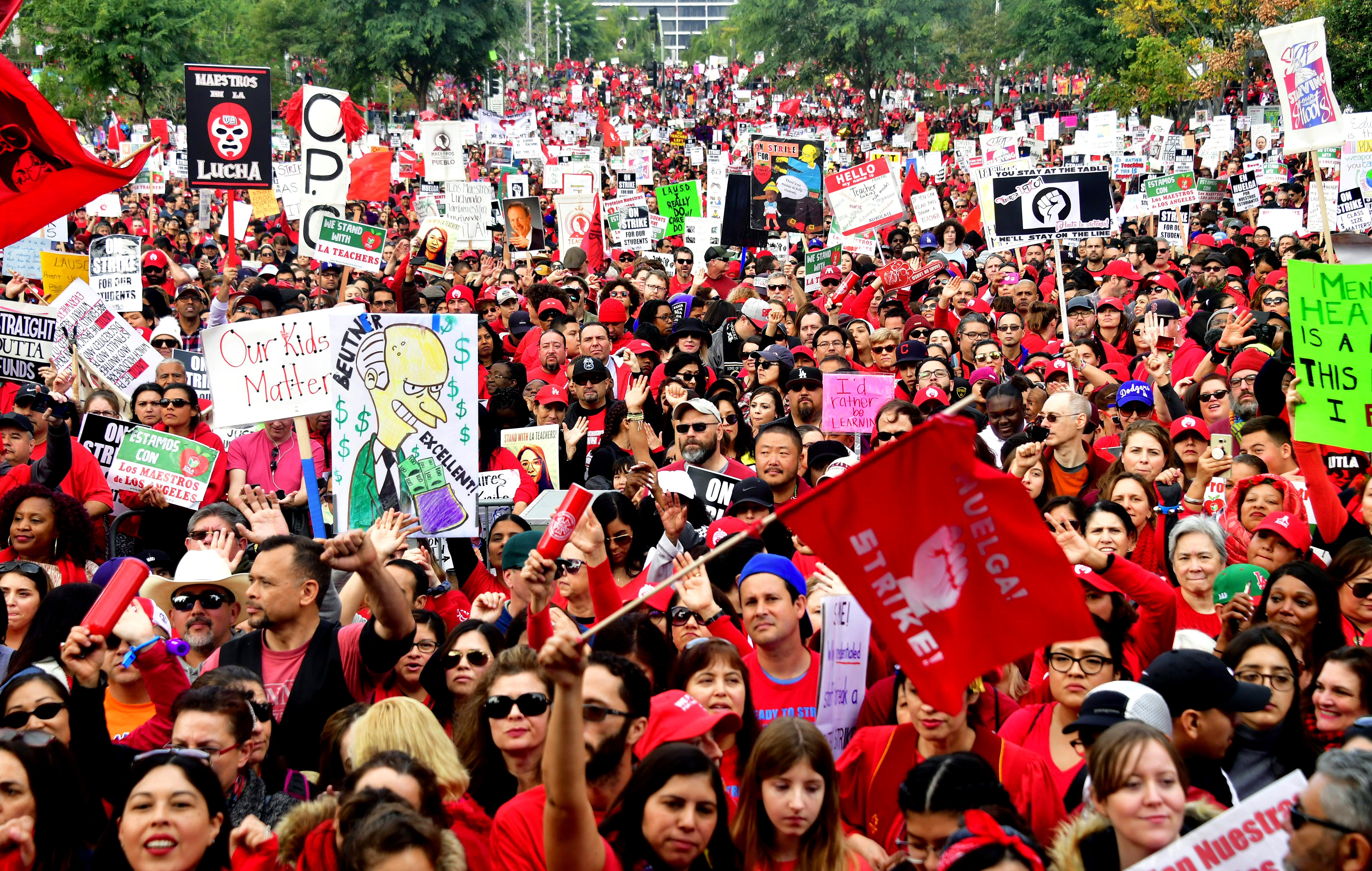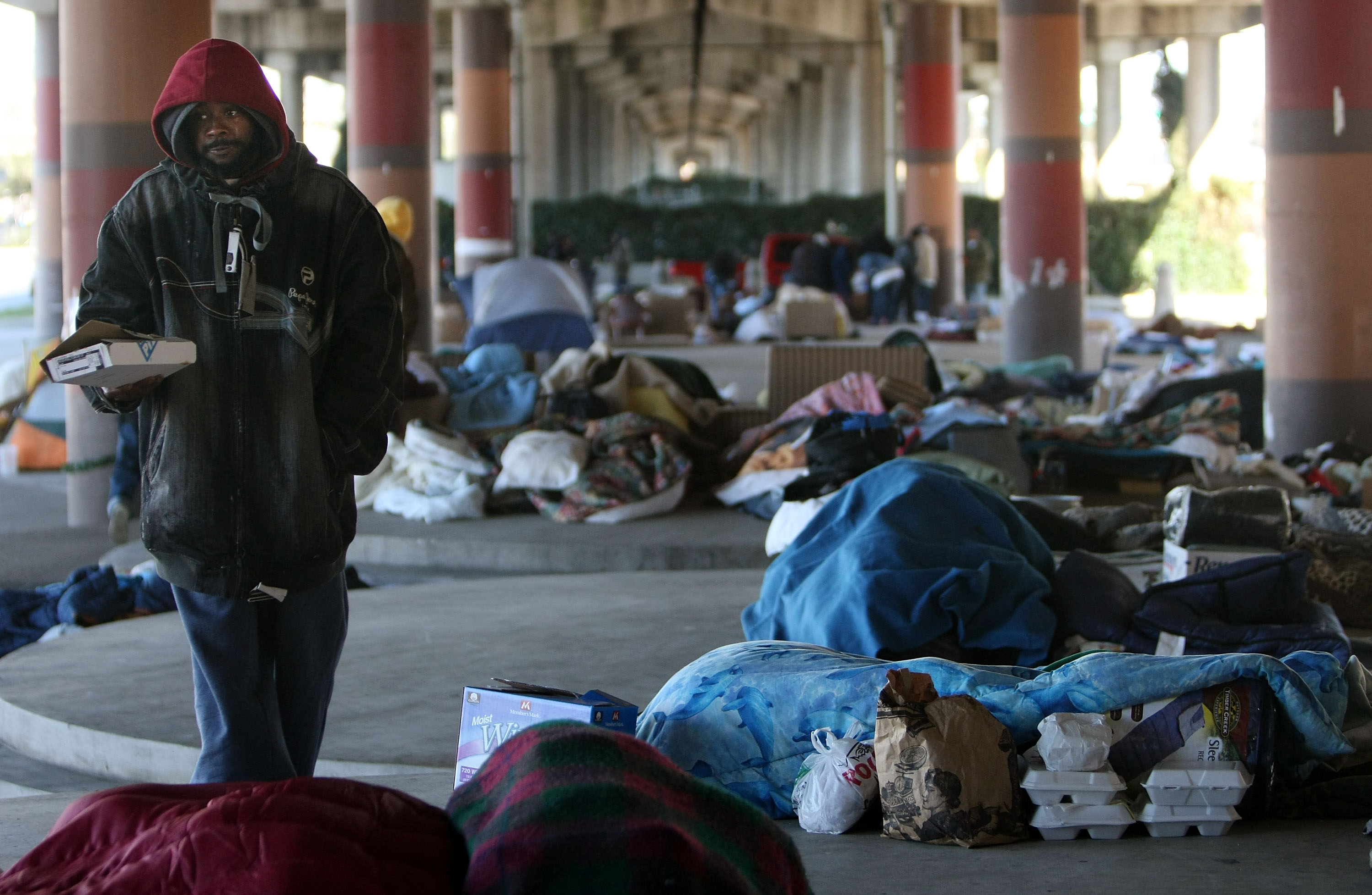The truth about America's illegal immigrants
America's illegal immigration controversy, explained

Donald Trump has proposed deporting millions of America's illegal immigrants. Is that feasible? Here's everything you need to know:
How many illegal immigrants are there?
About 11 million, or 3.5 percent of the total U.S. population. The exact figure is obviously impossible to determine; the estimate essentially comes from taking the foreign-born population from census records, then subtracting the number of legal immigrants. Almost two-thirds of undocumented immigrants are believed to have been in the U.S. for more than 10 years. Sixty percent are concentrated in six states: California, Texas, Florida, New York, New Jersey, and Illinois. They are more likely than native-born residents to be part of a nuclear family — 47 percent of illegal immigrant households are couples with at least one child, compared with 21 percent of non-immigrant households. But despite the scaremongering about foreigners "pouring in" to the country, the undocumented immigrant population has in fact been steadily falling since 2007, when it peaked at 12 million. The decrease is largely because fewer Mexicans are crossing the border, thanks to improved border controls, the recession in the U.S., and rising employment and prosperity levels in Mexico.
The Week
Escape your echo chamber. Get the facts behind the news, plus analysis from multiple perspectives.

Sign up for The Week's Free Newsletters
From our morning news briefing to a weekly Good News Newsletter, get the best of The Week delivered directly to your inbox.
From our morning news briefing to a weekly Good News Newsletter, get the best of The Week delivered directly to your inbox.
Are most illegal immigrants Mexican?
About half of them are — 5.5 million. The others are mostly from various Central and South American countries. About 40 percent overstayed their visa, while others crossed the border illegally. But the latter ploy is becoming increasingly difficult. The federal government now spends more on immigration enforcement than it does on the FBI, the Drug Enforcement Agency, and the U.S. Marshals Service combined. The number of border agents quintupled between 1992 and 2010 to nearly 21,000, and 650 miles of the 1,954-mile border are now fenced. All of this has had a significant deterrent effect: There were only 188,000 Mexicans apprehended at the border last year, compared with 1.6 million in 2000. "It's harder to sneak in," says Jeffery Passel from the Pew Hispanic Center. "The cost of hiring a smuggler has gone up, [and] the enforcement practices have pushed a lot of people who were trying to sneak in into more remote areas, so it is more dangerous physically."
How many illegal immigrants work?
An estimated 8.1 million are either working or looking for work. Some are paid in cash, but many illegal immigrants use fake Social Security numbers to secure jobs, and are thus U.S. taxpayers. Half of America's illegal immigrants are thought to pay income taxes in some form: in 2010, they contributed an estimated $10.6 billion in state and local taxes, and $13 billion in Social Security. Contrary to common perception, illegal immigrants don't qualify for public benefits like welfare, food stamps, and Medicaid, as these programs require proof of legal immigration status. However, the children of undocumented immigrants do receive certain benefits, in the form of public schooling and emergency medical care; if they're born in the U.S., they qualify for welfare benefits too. The Heritage Foundation has calculated that the average illegal immigrant household costs taxpayers $14,387 a year, though many economists have questioned the assumptions used to reach that figure.
A free daily email with the biggest news stories of the day – and the best features from TheWeek.com
What proportion are criminals?
Based on Department of Homeland Security statistics, it's been estimated that about 820,000 illegal immigrants qualify as "removable criminal aliens," or about 7.5 percent of all undocumented immigrants. Under President Obama, criminals have been the focus of the government's deportation strategy. The Immigration and Customs Enforcement agency (ICE) deported 235,413 illegal immigrants in the last fiscal year. About 70 percent were removed after being caught within 100 miles of the border, on the assumption they had recently crossed over; of the "interior removals" — those presumably living here for years — 91 percent had been convicted of crimes. "If you are a run-of-the-mill immigrant here illegally," says John Sandweg, former acting director of ICE, "your odds of getting deported are close to zero."
Could all 11 million be deported?
Not likely. Removing every illegal immigrant would cost an estimated $400 billion to $600 billion, and deliver a $1 trillion hit to the economy because it would hurt industries that depend on their labor. Mass removal would also be unpopular: A recent Pew Research poll found that 76 percent of Americans say undocumented immigrants are "as honest and hardworking" as U.S. citizens, and a CNN poll found that 51 percent say Washington's priority should be finding a path to legalization for those already here. Just 11 percent say the focus should be on deporting all illegal immigrants. Generally, most congressional Republicans want the government to "secure the border" before the undocumented are given a path to legalization, while Democrats say additional border security is not necessary and that it's time to bring the 11 million "out of the shadows." That difference in opinion has led to a two-decades-long stalemate in Washington that this November's election may finally resolve.
Arizona's big crackdown
Donald Trump already has a test case for his proposed crackdown on illegal immigration: Arizona. Over the past decade, the border state has passed a series of unprecedented anti-immigrant laws, targeting employers who hire illegal workers and allowing police to use traffic stops to check immigration status. As a result, Arizona's undocumented worker population dropped by 40 percent between 2007 and 2012 — almost double the rate in any other state. The results were mixed, according to a study by Moody's Analytics commissioned by The Wall Street Journal. The departure of 200,000 illegal immigrants reduced Arizona's GDP by an estimated 2 percent a year, and decreased overall employment by 2.5 percent. But the exodus also saved the state an estimated $350 million a year on schooling, $61 million on medical care, and $22 million on incarceration. The reduced labor force helped some native-born laborers secure jobs or raises — but also created worker shortages in some sectors. Jeremy Barbosa, a construction business owner in Phoenix, said he used to find it easy to hire workers to build housing, but now often has to delay projects while searching for help. "You have to put out feelers, buy ads, tap job agencies, just to get a few men," he said. "Growth is based on the ability to hire."
-
 The recycling crisis
The recycling crisisThe Explainer Much of the stuff Americans think they are "recycling" now ends up in landfills and incinerators. Why?
-
 The L.A. teachers strike, explained
The L.A. teachers strike, explainedThe Explainer Everything you need to know about the education crisis roiling the Los Angeles Unified School District
-
 The NSA knew about cellphone surveillance around the White House 6 years ago
The NSA knew about cellphone surveillance around the White House 6 years agoThe Explainer Here's what they did about it
-
 America's homelessness crisis
America's homelessness crisisThe Explainer The number of homeless people in the U.S. is rising for the first time in years. What’s behind the increase?
-
 Chicago in crisis
Chicago in crisisThe Explainer The "City of the Big Shoulders" is buckling under the weight of major racial, political, and economic burdens. Here's everything you need to know.
-
 The bad news about ISIS's defeat in Ramadi
The bad news about ISIS's defeat in RamadiThe Explainer The contours of a broader sectarian war are coming into focus
-
 America can still destroy the world
America can still destroy the worldThe Explainer The decline of U.S. military power has been greatly exaggerated
-
 Why the American military is so hot on laser weapons
Why the American military is so hot on laser weaponsThe Explainer The future is coming at the speed of light

